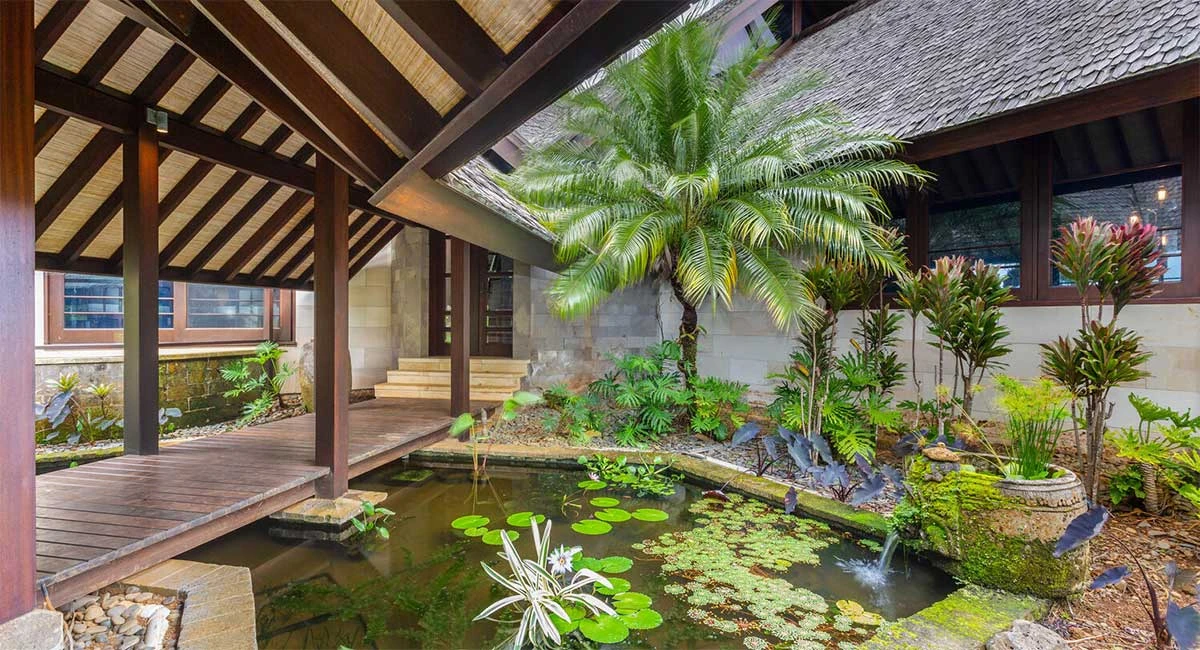Biophilic Design: Bringing Nature Indoors for a Healthier Home

Biophilic Design: Bringing Nature Indoors for a Healthier Home
Biophilic design is quickly gaining traction as a transformative approach to creating healthier, more harmonious living spaces. By integrating elements of nature into the built environment, biophilic design aims to reconnect people with the natural world, promoting well-being and enhancing productivity. In 2025, this design philosophy will continue to gain momentum, influencing everything from home decor to large-scale architectural projects.
At its core, biophilic design is about creating spaces that incorporate natural elements such as plants, natural light, water features, and organic materials. These elements work together to create a calming atmosphere that mimics the outdoors, fostering a sense of tranquility and relaxation. In today’s fast-paced world, where stress and anxiety are on the rise, biophilic design offers a sanctuary—a space where people can reconnect with nature and feel rejuvenated.
The mental health benefits of biophilic design are well-documented. Research has shown that exposure to natural elements can reduce stress, improve mood, and boost cognitive function. By incorporating plants into interiors, for example, homeowners can enjoy cleaner air, as plants help filter out toxins and release oxygen. Indoor greenery not only purifies the air but also enhances the aesthetic appeal of any space, adding a touch of life and vibrancy to modern homes.
Maximizing natural light is another key component of biophilic design. Daylighting, or the practice of using natural light to illuminate interiors, has been shown to improve mood, increase productivity, and regulate circadian rhythms. Large windows, skylights, and open-plan layouts allow light to flow freely through the space, creating an airy, open feel. In 2025, more homeowners will prioritize natural light in their design choices, allowing sunlight to become an integral part of their daily lives.
The use of natural materials is another hallmark of biophilic design. Wood, stone, and other organic textures create a sense of warmth and authenticity in interiors. Whether it’s a reclaimed wood accent wall, a marble countertop, or a stone-tiled floor, natural materials help bring the outdoors inside, creating spaces that feel grounded and timeless.
In 2025, biophilic design will continue to be a key trend in creating luxurious, healthy living environments. By incorporating nature into interior spaces, homeowners can enjoy not only a more beautiful and serene home but also a healthier, more fulfilling lifestyle. Whether through plants, natural light, or organic materials, biophilic design offers a powerful way to enhance the quality of life for those who embrace it.